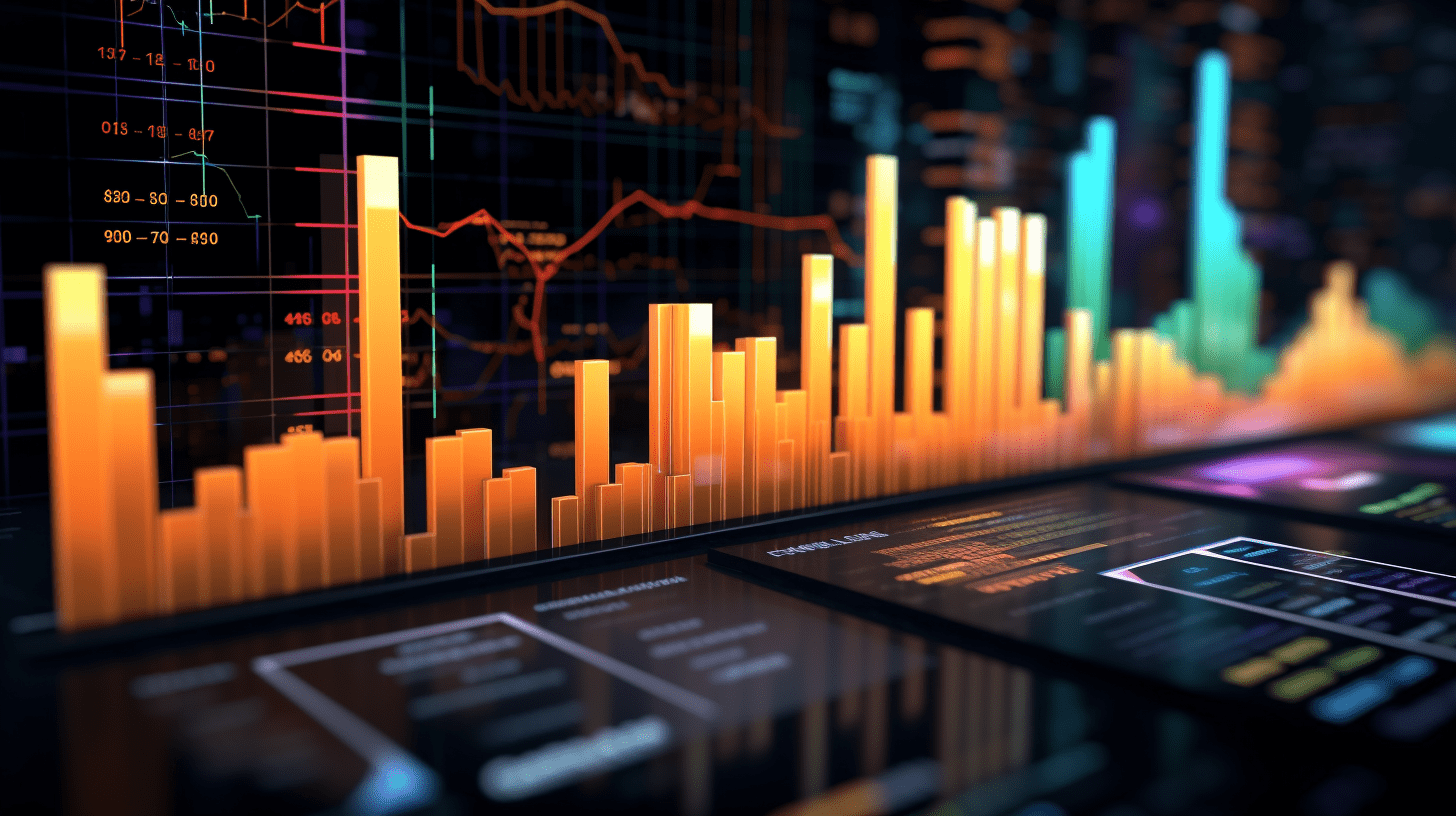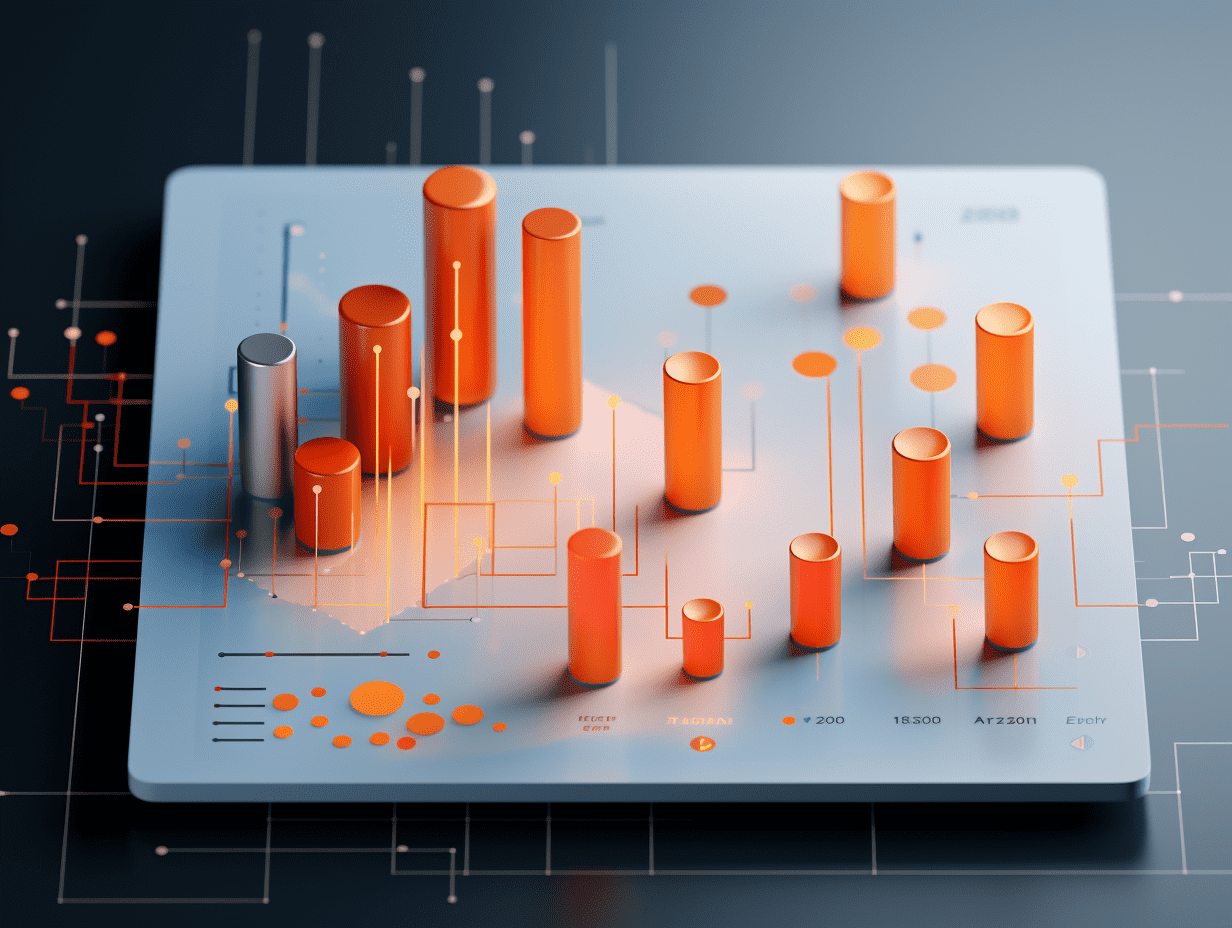"Fear of a bubble" is pervasive, warnings are everywhere, is the end of the AI investment boom in the US stock market?
Has the US stock market AI frenzy come to an end?
On Tuesday, the three major US stock indexes collectively plummeted, with the Nasdaq tech index falling over 2.5% and the semiconductor index dropping 4%. Core AI concept stocks NVIDIA Corporation (NVDA.US) and Palantir (PLTR.US) were shorted; several Wall Street CEOs openly warned of a possible stock market pullback, sparking investor anxiety and causing concerns about an AI bubble to intensify.
Tech giants Alphabet (GOOGL.US), Meta Platforms (META.US), and Oracle Corporation (ORCL.US) are issuing a large amount of debt to fund their investments in artificial intelligence, signaling a shift from cash-rich balance sheets to leverage. Meanwhile, due to the US government soaking up cash, a temporary liquidity crunch is expected to occur, but a subsequent surge in liquidity could boost the market in the short term. In the short term, geopolitical tensions threaten the growth of NVIDIA Corporation, while a deterioration in market breadth indicates an increase in downward risks.
Overvaluation concerns
While US stocks still appear attractive in the long term, current valuations, especially those of AI and tech stocks, are already high and require caution. The US stock market is currently at elevated valuation levels; the Mag7 price-to-earnings ratio is currently 39 times, compared to around 26 times for the S&P 500 index.
The technical aspect of the US stock market is also fragile, with the market showing signs of weakness. In the past few trading days, while the S&P 500 index rose, over 330 stocks fell, indicating that only a few stocks supported the overall trend. When the number of leading stocks decreases, the downside elasticity increases. Previously, the "Hindenburg Omen" signal in the US stock market (price peak, deterioration in market breadth) had appeared, which is a warning signal for the market. In the 30 times this signal has been triggered in the past, there has been an 83% chance of a downturn in the S&P 500 in the next two months, with an average retracement of over 6%.
In addition, the famous "Cyclically Adjusted Price-Earnings Ratio" (CAPE or Shiller P/E) indicator has recently surpassed the 40 mark. This is only the second time this indicator has reached such a high level since records began, with the previous time being in 1999, during the peak of the tech stock bubble.
Moreover, the massive AI investment expenditure is raising concerns about the tech giants' ability to bear it. The concept of being "affordable" is not abstract, and can be measured using cash flow. As long as cash flow can cover investments and debt remains within manageable levels, a company can operate normally. But when a company's spending exceeds its income, the situation changes, and the issue becomes not just about growth but about financial sustainability.
The net debt-to-equity ratio of Mag7 has decreased from -22% on October 24 to -16% currently. Although net debt is still negative, meaning total liquidity is greater than debt, the gap between the two is narrowing, which is not a good sign. It is evident that tech companies are spending funds or increasing debt for capital expenditure related to artificial intelligence. The closer this value is to zero (or becomes positive), the system will shift from "cash-rich" to "leveraged".
Tech companies are increasingly issuing bonds to finance investments in data centers and artificial intelligence. The massive bond issuances have become hotly debated topics. Especially recently, the focus in the tech bond market has been dominated by large transactions: Alphabet will issue $25 billion in bonds to return to the market, Meta will increase its fundraising size to $30 billion, and Oracle Corporation has also issued bonds.
The US credit market is undergoing a transformation. The increase in trading volume and the increase in credit default swaps (CDS) for Oracle Corporation are clear signs. Large tech companies that have relied on ample liquidity for years are returning to debt financing, even in a high-interest rate environment. Even companies with large cash reserves are issuing bonds at such high rates.
In terms of credit ratings, or more specifically investment-grade bonds, there are also some issues emerging. The iShares iBoxx Investment Grade Corporate Bond ETF has seen a sharp decline in the past few trading days, not due to a deterioration in credit ratings (because it is not a quality issue), but rather due to the quantity of bonds. Currently, the ETF is far below its 50-day moving average, indicating that new supply is putting pressure on prices. In summary, this accounts for almost 30% of the total supply of US dollar-denominated bonds. Such a huge supply needs to be absorbed.
In response to this, the CEOs of Goldman Sachs Group, Inc. and Morgan Stanley have also issued warnings. Morgan Stanley's CEO Ted Pick and Goldman Sachs Group, Inc.'s CEO David Solomon both stated at a financial summit organized by the Hong Kong Monetary Authority that the current valuation levels of the US stock market are concerning, and a significant sell-off in the market may occur in the near future. Goldman Sachs Group, Inc. believes the stock market could see a 10% to 20% pullback in the next 12 to 24 months.
In this context, the "Big Short" Michael Burry has also warned of an AI bubble and his fund has taken a short position on NVIDIA Corporation. Michael Burry's Scion Asset Management disclosed bearish positions on NVIDIA Corporation and Palantir Technologies Inc. Just a few days ago, the hedge fund manager issued a cryptic warning to retail investors on social media, suggesting that market sentiment was overly exuberant.
Regulatory filings show that in the Scion Asset Management fund, approximately 80% of the positions are concentrated in short positions on NVIDIA Corporation (NVDA) and Palantir (PLTR), with a nominal value exceeding $1 billion. It is currently unclear whether these positions were established individually or as part of a spread strategy (i.e., simultaneously buying one option and selling another). Since 13F filings only require disclosure of long positions, if Burry is using an option spread strategy, the sold part would not be reflected in the filing. Additionally, any short positions established for hedging purposes or over-the-counter derivative trades would not appear in the filing either.
Debate over the AI bubble, is the US stock market frenzy not over yet?
While there are some worrisome factors in the current US stock market, overall, the valuation of the US tech industry is still far below the levels of the dot-com bubble era. And from the financial reports of tech giants, the growth momentum of their AI business remains strong, with rapid profit growth.
Goldman Sachs Group, Inc. and Morgan Stanley CEOs also stated that the US stock market is "somewhere between fair and expensive," and a 10% healthy pullback is inevitable. Morgan Stanley also stated that a 10% to 15% pullback not driven by some macro cliff effect should be welcomed; both executives emphasized that pullbacks are a normal feature of market cycles and investors should view them as healthy developments.
Bank of America also mentioned that there have been frequent instances of VIX futures and the S&P 500 index rising simultaneously in the US stock market recently. This combination of "rising stock prices and increasing volatility" has historically been a characteristic feature of asset bubbles, but the expansion process may not be over yet. However, the bank's strategist Benjamin Bowler's team noted that unlike in the late stages of historical bubbles, the current VIX index is still near historical median levels, and the realized volatility of the index is relatively moderate, indicating that both the market and volatility still have room for further upside.
Analysis suggests that the main risk in the current market is missing out on a rising market, rather than a deep pullback. Therefore, Bank of America recommends that investors should not completely exit the market, but should participate in future upside movements through options and other asymmetric tools to control risk while gaining leverage returns.
In fact, the US government has already collected massive tax and tariff revenues, but due to the longest government shutdown in US history, it has not been able to redistribute these revenues back into the real economy. As a result, about $1 trillion is accumulating in the US Treasury's general account, waiting to be put to use.
Once the US government shutdown ends and public institutions reopen, all this liquidity will be released into the market. For example, agricultural subsidies, food stamps, federal grants, and public contracts will all be released. This influx of funds will rapidly inject into the financial system, acting as a form of "invisible QE" that can support the stock market and boost the market in the short term.
Therefore, US stocks still appear attractive in the long term, but current valuations, especially those of AI and tech stocks, are already high and require caution. Analysis points out that after the sharp rise in tech stocks, the high valuations in the short term may be viewed as a healthy pattern.
Related Articles

Norway's Sovereign Wealth Fund suspends "ethical divestments," saving US tech giants from massive sell-offs.

Bitcoin whales dumping $45 billion worth of positions, analysts say bear market may continue until next spring.

Subverting expectations! Decline of the "American exceptionalism" helps international stock markets historically outperform US stocks
Norway's Sovereign Wealth Fund suspends "ethical divestments," saving US tech giants from massive sell-offs.

Bitcoin whales dumping $45 billion worth of positions, analysts say bear market may continue until next spring.

Subverting expectations! Decline of the "American exceptionalism" helps international stock markets historically outperform US stocks

RECOMMEND

Starbucks China Transaction: Aggressive Expansion, the South Korea Precedent, and Persistent Core Challenges
05/11/2025

Supor’s Slowdown: Profit Plunge, Executive Share Sales, and Challenges Under Foreign Control
05/11/2025

Central Bank Resumes Bond Trading and Launches ¥700 Billion Outright Reverse Repo
05/11/2025


